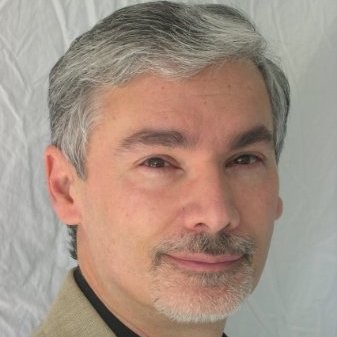The news is full of stories about global warming, energy efficiency, and having a small carbon footprint. There are differing opinions as to the cause of global warming, but the reality is the earth is in a warming trend which affects our daily lives. Being energy efficient is not merely a trend but should be a socially responsible way of life. To be the best stewards of the resources we have been given.
How do we become energy efficient? The response or answer to this question starts with having a low carbon footprint. The definition of a carbon footprint is the amount of carbon dioxide and other carbon compounds emitted due to the consumption of fossil fuels by a particular person, group, or building. This includes both the materials that are used in the construction of a dental office, the materials used, and the way it is constructed, to the systems designed for low energy consumption.
An example of the materials used in construction would be the difference between a steel structure and a wood structure. The nature of steel has a very high carbon footprint from the energy it takes to mine the ore, transport the raw materials, the energy used in the smelting and casting, to the cutting, welding and fabrication. Wood, on the other hand, has a very low carbon footprint since it is grown with the sun’s energy and the only other energy used is to cut and transport it.
The design of the building must be energy efficient from the insulation, to the windows, orientation and shading techniques. These are considered passive design techniques that take advantage of natural elements to make the building a less carbon footprint. Higher insulation values in the walls and roof help to reduce the heating and cooling loads and make for smaller air conditioning systems. The type of insulation is important as well. Spray foam insulation is tighter and more energy efficient which can lower energy bills by 30%. Better insulated windows also help in this regard. The windows facing south and west will add to the heat load/loss but will be less energy drain if they are shaded from the sun during the summer months but allow the sun to heat the space during the winter months.
Mechanical heating and air conditioning systems could be supplemented by ground well water source systems. This utilizes of constant temperature found in the ground pumped into the mechanical systems to aid in heating and cooling. If ground wells are not practical or cost prohibitive then higher rated mechanical systems are the next best choice.
The other high use of energy is the lighting systems. With the advent of LED lights, you get the advantage of both high energy savings but also color correcting light. Dentists now have the ability to have daylight color to match teeth by having the ability to specify color temperature in the LED bulbs. The non-patient rooms such as offices, break room, utility and storage rooms can be designed with occupancy sensors. These devices turn on the lights automatically when someone enters the room and then turns them off after a set period of time after no motion is detected.
This article briefly introduces you to ideas and concepts that can be used to modify existing buildings but is more advantageous when designing a project from the ground up. It is important for the client to seek out architects, and their consultants, who practice socially responsible energy efficient design. “LEED” design is one system for energy efficient design but is very expensive administratively to comply with. Another certification system is “Green Globes”, which is less administratively cumbersome and not as costly. Even if these methods and ideas are used whenever possible in the design and construction of the building without going through the certification process the final product will be a more energy efficient building with a smaller carbon footprint.
Scott Zanardo, AIA/AHA, NCARB President of Zanardo Architects, PC, 770.806.1031

